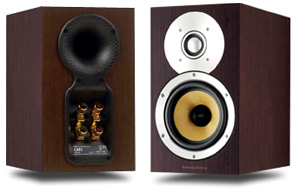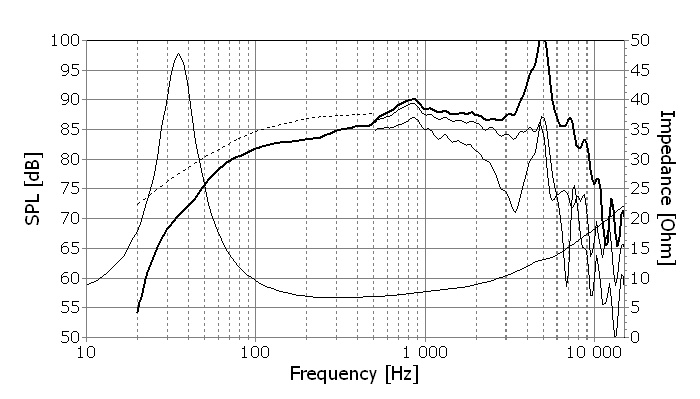Vladimir said:
friendly_ghost said:
I'm kind of new to this, but found these graphs for my speakers:
http://www.soundstagenetwork.com/index.php?option=com_content&view=article&id=1239:nrc-measurements-focal-aria-906-loudspeakers&catid=77:loudspeaker-measurements&Itemid=153
Is this considered "flat enough"?What is the deal with the increase in the very high frequencies? Is this what would make people think Focals are "bright"?
That is superb measured FR.
Yes indeed, people who are used to dips in the upper midrange will consider a flat FR as bright. Studio monitors for professionals are typically very flat and they sound bright to the home hi-fi enthusiast. Too much detail, not enough laid back.
Firstly, the peak at very high frequencies is there to give a sense of 'air' and 'space', it's a well known trick that sometimes works and sometimes doesn't. There is no musical information at those frequencies so the peak will not make anything sound bright. Interestingly, a lot of speakers that sound 'bright' do so because of the characteristics of their bass drivers, nothing to do with the tweeters at all.
Good studio speakers have a flat response and do not sound bright unless deliberately equalised to do so. In modern two way designs the active crossover and direct coupled power amplifiers control the bass drivers well, the drivers breakup modes that produce much of the brightness/harsness in hi-fi speakers are pushed below audibility.
Also, in an earlier post, Vlad mention the distructive nature of diffraction effects in some speakers, compare these.









